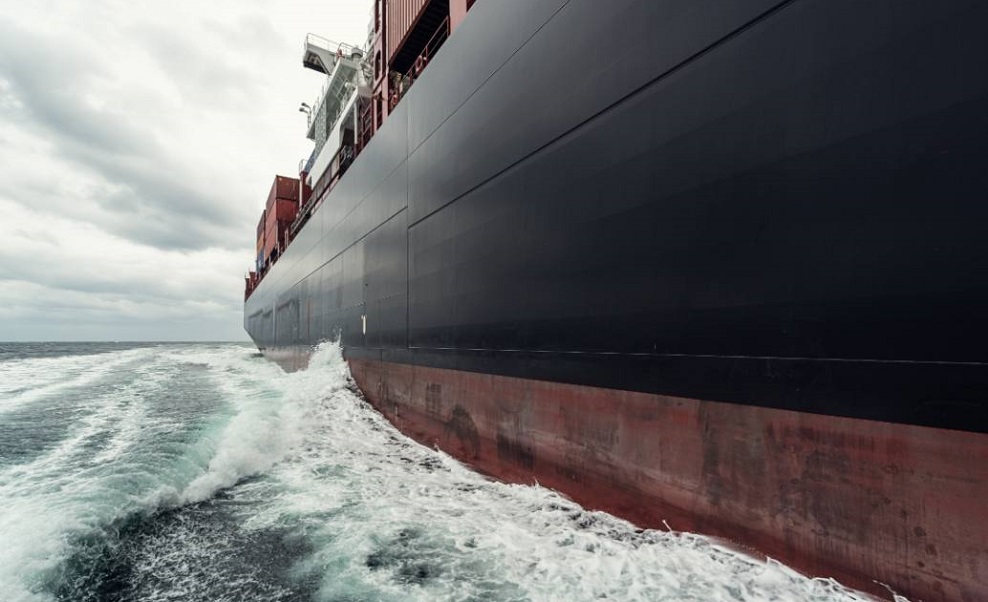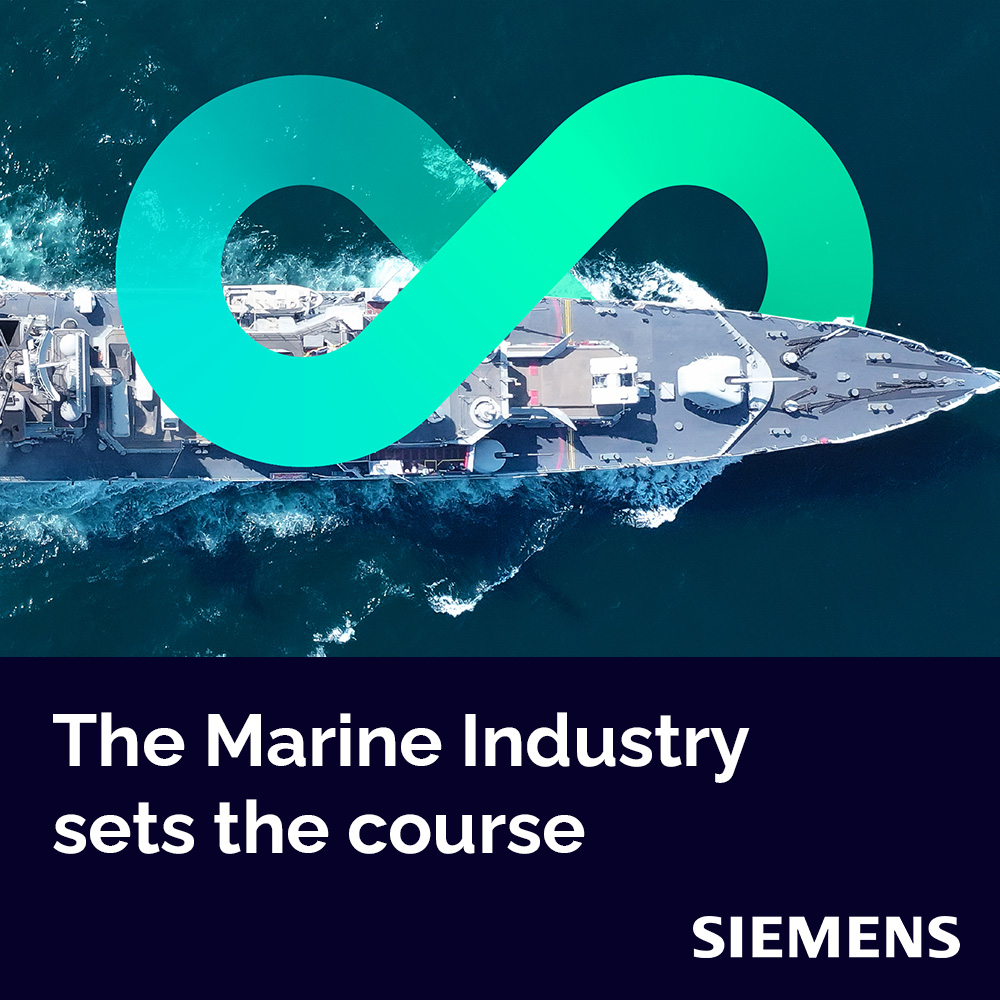Drivers of the Marine Industry (ep. #1)

Welcome to The Marine Industry Podcast – a podcast all about the evolving technology of the marine industry.
The marine industry is one of the oldest industries in human history, but it is far from immune to today’s trends. Digital transformation, sustainability initiatives, and emerging technologies like automation are changing the ways companies design ships. In the first episode of our brand new podcast, we invite some industry experts to delve deeper into those trends.
Joining the podcast are Jan van Os, Vice President of the Marine Industry for Siemens Digital Industries Software, and Dale Tutt, Vice President of Industry Strategy for Siemens Digital Industries Software.
Today’s episode introduces Jan and his long-time experience in the marine industry and marks the beginning of a longer conversation about the current state of the industry. This episode identifies the most significant trends, such as sustainability and automation, and explores the intricacies and implications behind them.
In this episode, you will learn:
- Jan’s experience in the marine industry
- How sustainability is driving the marine industry
- Other trends that influence ship design
- What autonomous operations mean for ships
- How automation will affect crew composition

Jan van Os – Speaker
Jan van Os is the Vice President of the Marine Industry for Siemens Digital Industries Software.

Dale Tutt – Speaker
Dale Tutt is the Vice President of Industry Strategy for Siemens Digital Industries Software.
Related Links
Building ships sustainably with digital transformation (ep. 2)
Simulating seaworthy ships (ep. 3)
The future of the marine industry is digital (ep. 4)

The Marine Industry Podcast Series
In the shipping industry, they want to minimize risk by using onboard sensors that can alert the crew and onshore partners to potential problems before they occur. Also, operators want training that costs less; and virtual reality saves money while providing skill levels, creating a new training business for the equipment maker. Finally, it’s essential to minimize downtime, and augmented reality can guide the crew by giving on-site help with access to remote support, which is an opportunity for the equipment supplier.
Creating a digital twin of a ship or a virtual representation of its onboard systems may not be the entire vessel—but it’s a great starting point. A digital ship uses various innovative technologies available today in operation and management companies.